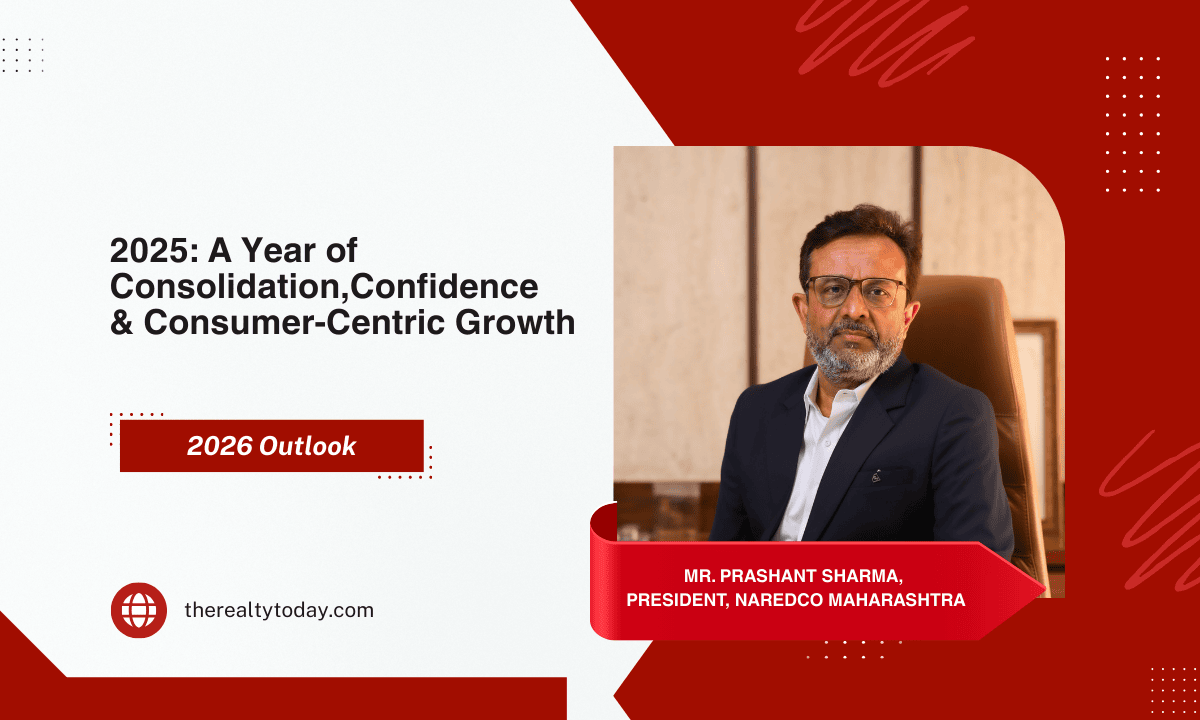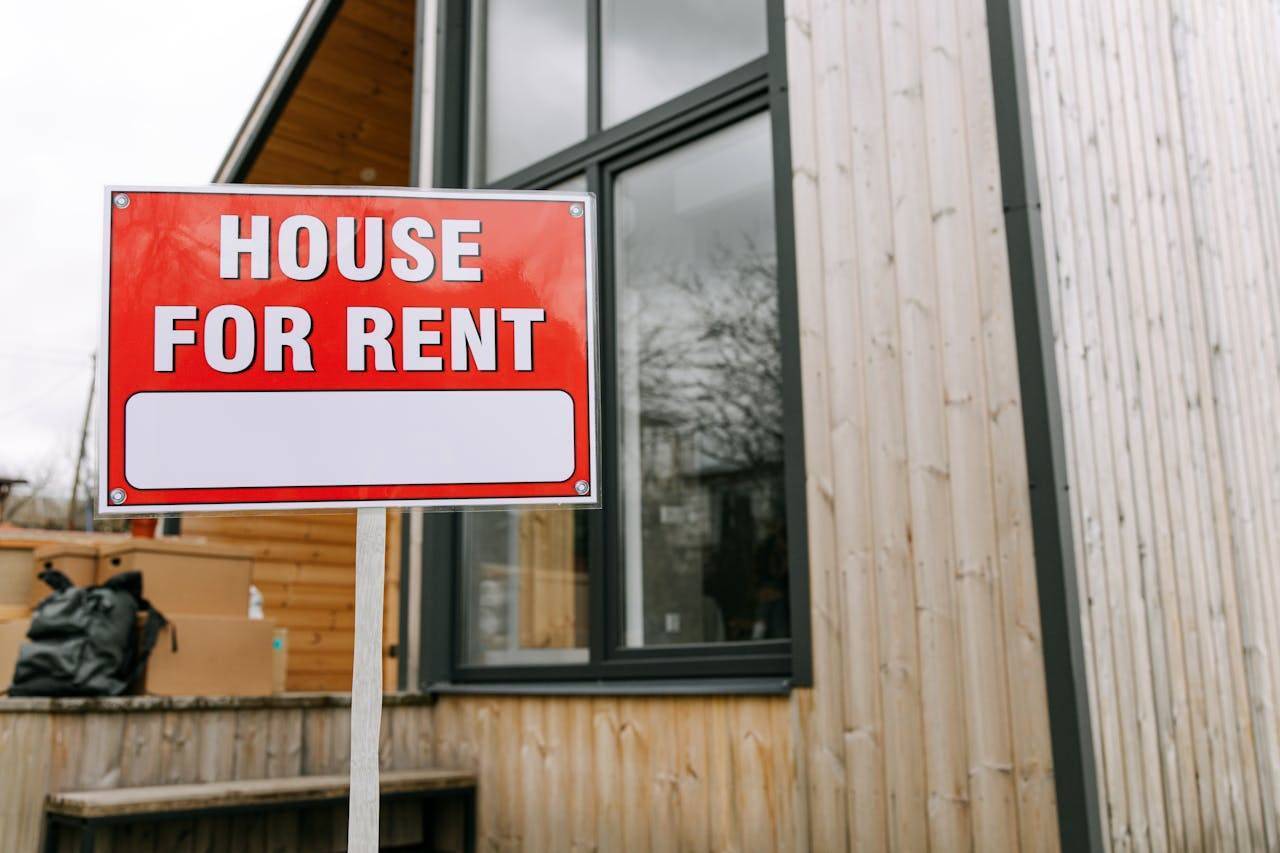The recent report by ANAROCK Capital sheds light on a concerning trend in the Indian real estate sector: a significant decline in private equity (PE) investments. The aggregate value of PE deals in Indian real estate plummeted by nearly 30% to $3.6 billion in the fiscal year 2023-24 (FY24), compared to $5.1 billion in FY20. This decline is even more pronounced when compared to the previous fiscal year, FY23, where the value stood at $4.3 billion. Despite an increase in the number of deals from 48 to 49 in FY24, the aggregate deal value has diminished due to a sharp reduction in the average deal size.
One notable transaction in FY24 was the $1.4 billion strategic partnership between Brookfield India REIT and GIC, which accounted for 40% of the total deal value. However, such large-scale deals were not sufficient to offset the overall decline in investment value. Shobhit Agarwal, managing director and CEO at ANAROCK Capital, attributed this decline to lower activity by foreign investors, influenced by global macro-economic factors and geopolitical instability. The share of foreign capital in total investments dropped to 65% in FY24, down from 78% in FY20, while domestic investors increased their share to 29%, compared to a mere 8% in FY20.
Despite the cautious approach of foreign investors, domestic investors remain bullish on India's growth story and continue to invest in real estate. However, the decline in PE investments has significant implications for the sector. The reduction in average deal size, coupled with a shift in investor preferences, underscores the need for adaptive strategies to navigate market uncertainties effectively. While commercial office spaces remain a favored investment option, with PE investors showing significant interest, the residential real estate segment faces challenges, with a decline in investment value despite consistent PE investment share year-on-year.
Among all asset classes, commercial office spaces accounted for 57% of the value share of all PE transactions in FY24, followed by residential (28%) and industrial and logistics (I&L) (10%). The consistent share of PE investments in residential real estate year-on-year is juxtaposed with a yearly decline of 17% in investment value, attributed to a very high base in FY23 when investments had doubled over the previous years.
Factors Driving the Decline:
Several factors contribute to the decline in PE investments in Indian real estate. Foremost among these is the reduced activity by foreign investors, which can be attributed to global macro-economic uncertainties and geopolitical instability. These external factors have created a sense of caution among international investors, leading to a pullback in investment commitments within the Indian market. Additionally, the report highlights a sharp decrease in the average deal size, indicating a shift towards smaller-scale investments or a reluctance to commit to larger transactions amidst market uncertainties.
Shifting Investor Preferences:
Despite the overall decline in PE investments, there has been a noticeable shift in investor preferences towards certain segments of the real estate market. Commercial office spaces emerge as a key focus area for PE investors, with this segment accounting for a significant portion of transactions. This trend underscores growing confidence in the potential for returns from commercial properties, driven by factors such as steady demand from corporates and the emergence of flexible workspace models. The preference for commercial assets reflects investors' appetite for stable income-generating properties amid uncertain market conditions.
Challenges in Residential Real Estate:
Conversely, the report highlights challenges in the residential real estate segment, which has traditionally been a key focus area for PE investments. Despite consistent PE investment share year-on-year, there has been a decline in the value of investments in residential properties. This decline can be attributed to multiple factors, including regulatory changes, liquidity constraints, and subdued demand from homebuyers. Additionally, the high base in the previous fiscal year has set a challenging benchmark for investment growth in subsequent years, contributing to the decline observed in FY24.
Implications for the Sector:
The decline in PE investments in Indian real estate has far-reaching implications for the sector as a whole. It signals a shift in investor sentiment and underscores the need for adaptive strategies to navigate market uncertainties effectively. Policymakers, developers, and industry stakeholders must collaborate to address the underlying challenges and create an environment conducive to investment growth. Additionally, there is an opportunity to explore alternative financing mechanisms and investment models to revitalize investor confidence and stimulate growth in the real estate market.
The ANAROCK report provides valuable insights into the dynamics of PE investments in Indian real estate. The decline observed in FY24 reflects the broader challenges facing the industry and the evolving preferences of investors. By understanding the underlying factors driving this trend and its implications for the sector, stakeholders can formulate informed strategies to navigate market uncertainties and capitalize on emerging opportunities. Moving forward, proactive measures aimed at addressing regulatory bottlenecks, enhancing transparency, and fostering investor confidence will be essential to reviving investment activity and driving sustainable growth in the Indian real estate market.









.png)